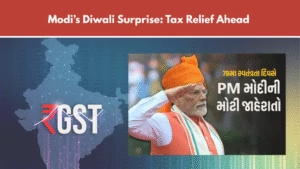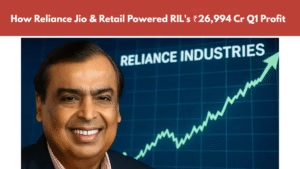Government Plans to Scrap 12% GST Slab: What Will Get Cheaper or Costlier?
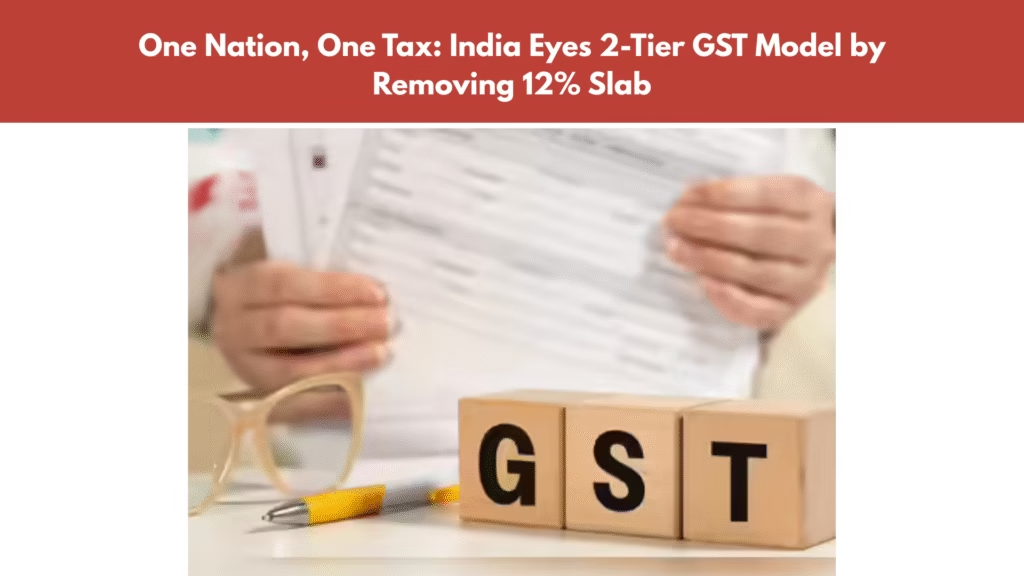
GST
What is GST and Its Current Slab System?
G.S.T (Goods and Services Tax) was introduced in India on 1st July 2017, as a unified indirect tax structure that replaced various central and state taxes. It aims to create a single, national market by ensuring a uniform tax rate across states.
Currently, GST in India is divided into four primary tax slabs:
- 5% – For essential items (e.g., edible oil, tea, coffee)
- 12% – For processed food, toothpaste, mobile phones, etc.
- 18% – For many standard items like soaps, shampoos, electronics, etc.
- 28% – For luxury items and sin goods like tobacco, cars, air conditioners
There are also 0% (exempt) categories and special rates for items like gold and precious stones.
Why the 12% GST Slab is Being Removed
The GST Council and policymakers have long been debating the merger of tax slabs to create a more streamlined and less confusing structure. The 12% GST slab sits awkwardly between 5% and 18%, causing classification disputes and compliance burdens.
Key Reasons Behind Removal:
- Simplification of Tax System
Reducing the number of slabs makes GST easier for businesses and consumers to understand. - Avoid Classification Issues
Items like packaged food or toiletries are often contested whether they fall under 12% or 18%. - Improving Revenue Collection
Merging slabs may result in better tax compliance and stable revenue. - International Parity
Many countries follow a simpler GST or VAT model, with 1-2 tax rates. - Avoid Tax Arbitrage
Businesses sometimes shift their operations or pricing models to exploit rate differences.
What Will Get Costlier if 12% Moves to 18%?
If goods currently taxed at 12% move to 18%, their prices will increase. These include:
| Product/Service | Existing GST | New GST (Expected) | Impact |
|---|---|---|---|
| Mobile phones | 12% | 18% | Costlier |
| Toothpaste | 12% | 18% | Costlier |
| Soaps & Detergents | 12% | 18% | Costlier |
| Processed food items | 12% | 18% | Costlier |
| Fruit juices | 12% | 18% | Costlier |
| Electric fans | 12% | 18% | Costlier |
| Sewing machines | 12% | 18% | Costlier |
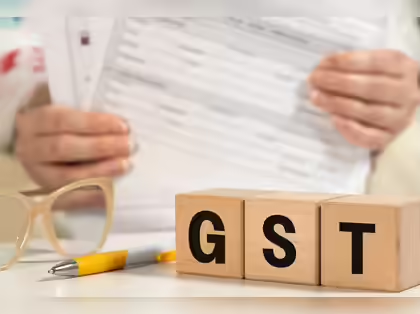
What Will Get Cheaper if 12% Moves to 5%?
If instead, the 12% GST is merged with the 5% slab, the following items may become cheaper:
| Product/Service | Existing GST | New GST (Expected) | Impact |
|---|---|---|---|
| Packaged food | 12% | 5% | Cheaper |
| Solar equipment | 12% | 5% | Cheaper |
| Sanitary products | 12% | 5% | Cheaper |
| Agricultural machinery | 12% | 5% | Cheaper |
However, this option is less likely as it would reduce government revenue significantly.
Services That May Be Impacted
The 12% slab also covers certain services such as:
- Transportation of goods by rail
- Construction of affordable housing
- Hotel rooms priced ₹1,000–₹2,500/night
If these are pushed to 18%, the cost of travel, housing, and hospitality may increase.
Sector-Wise Impact Analysis
1. FMCG Sector
Toothpaste, soaps, shampoos may see price increases. This could affect volumes in rural markets.
2. Electronics and Mobile Industry
Mobiles and related accessories may see a cost hike, affecting affordability and sales.
3. Real Estate
Affordable housing schemes currently under 12% slab may become costlier for end-users.
4. Hospitality
Mid-range hotel services may become expensive, affecting domestic tourism.
5. Agriculture
Equipment and inputs may get cheaper if the merger is toward 5%, aiding farmers.
What Experts Say
Tax Experts and Economists suggest that:
- Merging 12% with 18% is fiscally prudent.
- Some products could be given special lower rates to avoid hurting the poor.
- A two-rate structure (5% for essentials, 15–18% for others) is the long-term goal.
CA Rajat Mohan, a tax analyst, noted that “Removing the 12% slab will bring India a step closer to a modern, efficient GST structure.”
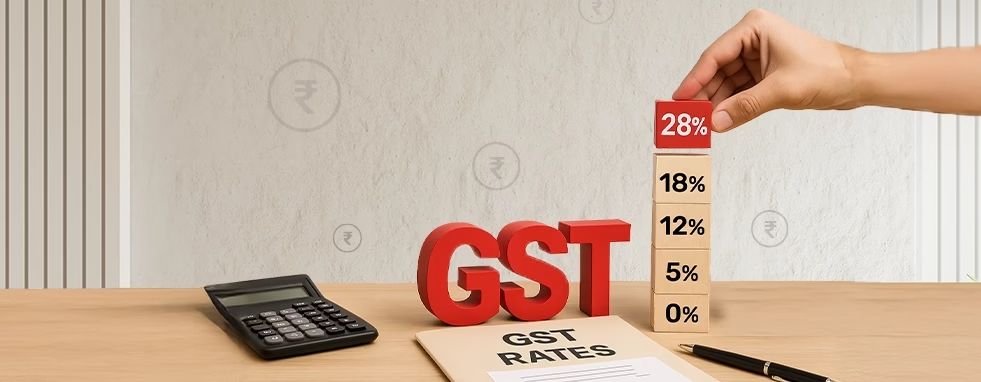
Implementation Timeline
Though the G.S.T Council has not officially set a date, media reports suggest:
- Proposal could be finalized in upcoming GST Council meetings
- Implementation may begin in late 2025 or early 2026
- Advance notice will be provided to businesses to adjust pricing and systems
Government’s Long-Term GST Goal
The ultimate vision is to move toward a three-tier GST rate system:
- Lower Rate (5%) – For essentials
- Standard Rate (15–18%) – For most goods
- Higher Rate (28%) – For luxury and sin goods
This will:
- Reduce litigation
- Increase transparency
- Improve ease of doing business
- Make GST internationally competitive
Possible Alternatives Being Considered
The GST Council is also reviewing item-wise reclassification:
- Some goods may be exempted
- Others may be put in new special slabs (e.g., 8%, 14%)
- Sectoral consultations are being held before final decisions
FAQs on GST 12% Slab Removal
Q1. Why is the 12% G.S.T slab being considered for removal?
To simplify the tax system and reduce classification disputes.
Q2. Which items may become more expensive?
Mobile phones, packaged food, toothpaste, and electric fans if moved to 18%.
Q3. Which items may become cheaper?
Agricultural machinery and sanitary products if moved to 5%.
Q4. Will this affect services?
Yes, services like rail freight and mid-range hotels may become costlier.
Q5. When will the change be implemented?
Likely by late 2025 or early 2026, after the GST Council’s final approval.
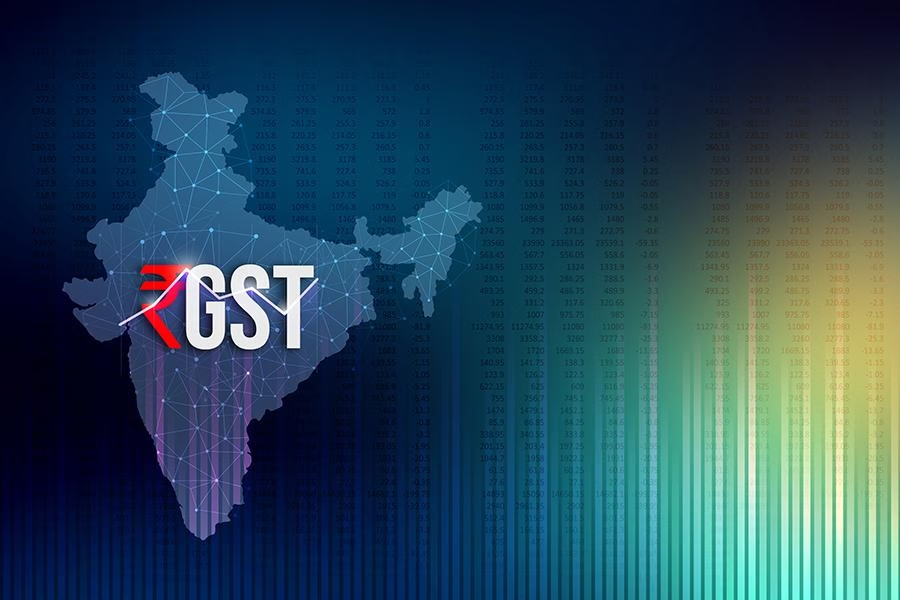
Conclusion
The removal of the 12% G.S.T slab will mark a major milestone in India’s tax reforms, but it also comes with trade-offs. While simplification is welcome, the challenge lies in balancing revenue needs with the impact on consumers.
Whether items become costlier or cheaper will depend on which direction the merger takes – to 5% or 18%. Businesses and households alike must prepare for price changes, reclassification, and system adjustments in the coming months.
Stay tuned for updates from the GST Council, as India continues its journey towards a simpler, modern, and globally aligned taxation framework.

